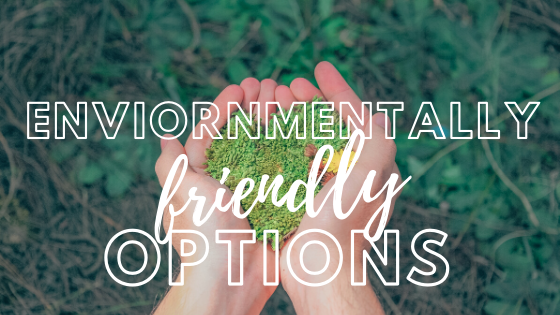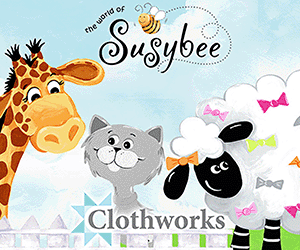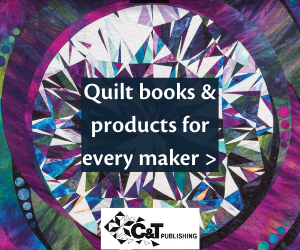
The environment seems to be on everyone’s mind these days. Whether it’s politics, the news, social media, or word of mouth, there’s no doubt that taking care of the planet is a popular topic.
Corporations are taking note too. Laurence D. Fink, the founder of the world’s largest asset company, addressed it in his annual letter to CEO’s. Not long after the letter was released, Delta announced their plan to become carbon-neutral, Amazon announced it’s Climate Pledge to run on 100% renewable energy by 2030, and Microsoft announced it’s goal to become carbon negative by the same year.
If you care about taking care of the environment (or your customers do), check out these environmentally-friendly quilting companies and products.
Products with the environment in mind
Honeybegood is an eco-friendly fabric company that curates not just fabrics but also hard-to-find organic cotton batting, buttons, thread, and more.
Another company with the planet in mind is Organic Cotton Plus, a cotton company that started with 100% organic fabric but has since expanded their product offerings to include knits, notions, and more.
Last but not least, check out Quilters Dream Green batting, batting made 100% of recycled plastic bottles.
Little changes done every day can lead to big changes long-term. If you don’t have access to these eco-friendly options, consider buying digitally printed fabric over screen printed fabric.
In a 2018 study by the FESPA, 40 billion liters of water were saved globally by switching from screen-printed fabrics to digitally-printed fabrics. Further, fabrics printed digitally use 10% less color than screen-printed fabrics.
Check out more about this in the free digital fabric magazine included with February’s American Quilt Retailer issue.
Other ways to be eco-friendly
The best way to take care of our planet is to reduce, reuse, and recycle. Consider adding a bin to your store for customers to bring in scraps of material they never plan on using. Or add a quilt-donation box to take to shelters when customers have quilts they no longer want or need.
When in doubt, it is better to use recycled materials than to buy new. Follow the lead set by other corporations and provide more options for your customers with the environment in mind.
If you’re looking for more information to guide you in owning a retail business, subscribe to American Quilt Retailer today. Already a subscriber? No worries—join our Facebook group for insights and dialogue from industry specialists like you.




